Agnihotra Bhasma
Original price was: ₹300.00.₹200.00Current price is: ₹200.00.
- Agnihotra Bhasma is a sacred ash in Hindu tradition, produced through the ancient ritual of Agnihotra, involving the precise burning of cow dung, ghee, and specific herbs during sunrise and sunset.
- This ritual is believed to purify the environment and promote spiritual well-being.
- Agnihotra Bhasma is a sacred ash in Hindu tradition, produced through the ancient ritual of Agnihotra, involving the precise burning of cow dung, ghee, and specific herbs during sunrise and sunset.
- This ritual is believed to purify the environment and promote spiritual well-being.
Scientific Basis of Drinking Agnihotra Ash as Mentioned in Ancient Ayurvedic Scriptures and Its Relevance Today:
Our ancient sages had already described in Ayurvedic texts the significance of drinking “Dhovan Pani” (water infused with Agnihotra ash). Let’s explore its scientific relevance in today’s context:
The maximum oxygen content in Earth’s atmosphere is around 21%. However, today in Indian villages, it doesn’t exceed 18–19%, and in urban areas, it drops as low as 11–12%. On the other hand, fresh dung of Indian (desi) cows contains 23% oxygen. When this dung is dried and made into dung cakes, the oxygen content rises to 27%. Upon burning these cakes, the resulting ash—known as Agnihotra Bhasma—contains around 30% oxygen. When this ash is further refined into “bhasma,” the oxygen level increases to 46.6%. Further purification of this ash produces pure bhasma with up to 60% oxygen content.
Modern science claims that processing reduces the nutritional value of substances, but this example clearly defies that notion.
If you mix 25 grams of this ash into 10 liters of water, the water not only becomes purified but also enriched with essential nutrients.
Try using the smoke from cow dung cakes at home and mix this sacred ash into your drinking water at night—you will feel the difference.
Agnihotra Bhasma:
If you carefully study Agnihotra cow dung ash, you’ll realize how beneficial it is for health. Saints and sages possibly offered it as prasadam because of these very qualities.
If the ash from cow dung is so useful, imagine how valuable the cow herself is!
To use it:
Add 10–15 grams (about 3–4 teaspoons) of the ash to 1 liter of water. Once the ash settles at the bottom, drink the clear water. This eliminates impurities and infuses the water with essential nutrients.
This has been laboratory certified. Here are the element contents in the ash:
Element Composition:
-
Oxygen (O) = 46.6%
-
Silicon (Si) = 30.12%
-
Calcium (Ca) = 7.71%
-
Magnesium (Mg) = 2.63%
-
Potassium (K) = 2.61%
-
Chlorine (Cl) = 2.43%
-
Aluminium (Al) = 2.11%
-
Phosphorus (P) = 1.71%
-
Iron (Fe) = 1.46%
-
Sulfur (S) = 1.46%
-
Sodium (Na) = 1%
-
Titanium (Ti) = 0.19%
-
Manganese (Mn) = 0.13%
-
Barium (Ba) = 0.06%
-
Zinc (Zn) = 0.03%
-
Strontium (Sr) = 0.02%
-
Lead (Pb) = 0.02%
-
Copper (Cu) = 80 PPM
-
Vanadium (V) = 72 PPM
-
Bromine (Br) = 50 PPM
-
Zirconium (Zr) = 38 PPM
| Weight | 0.5 kg |
|---|
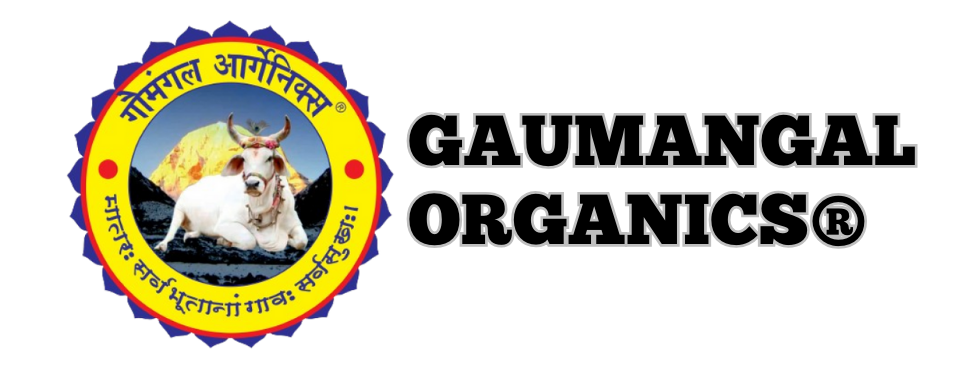

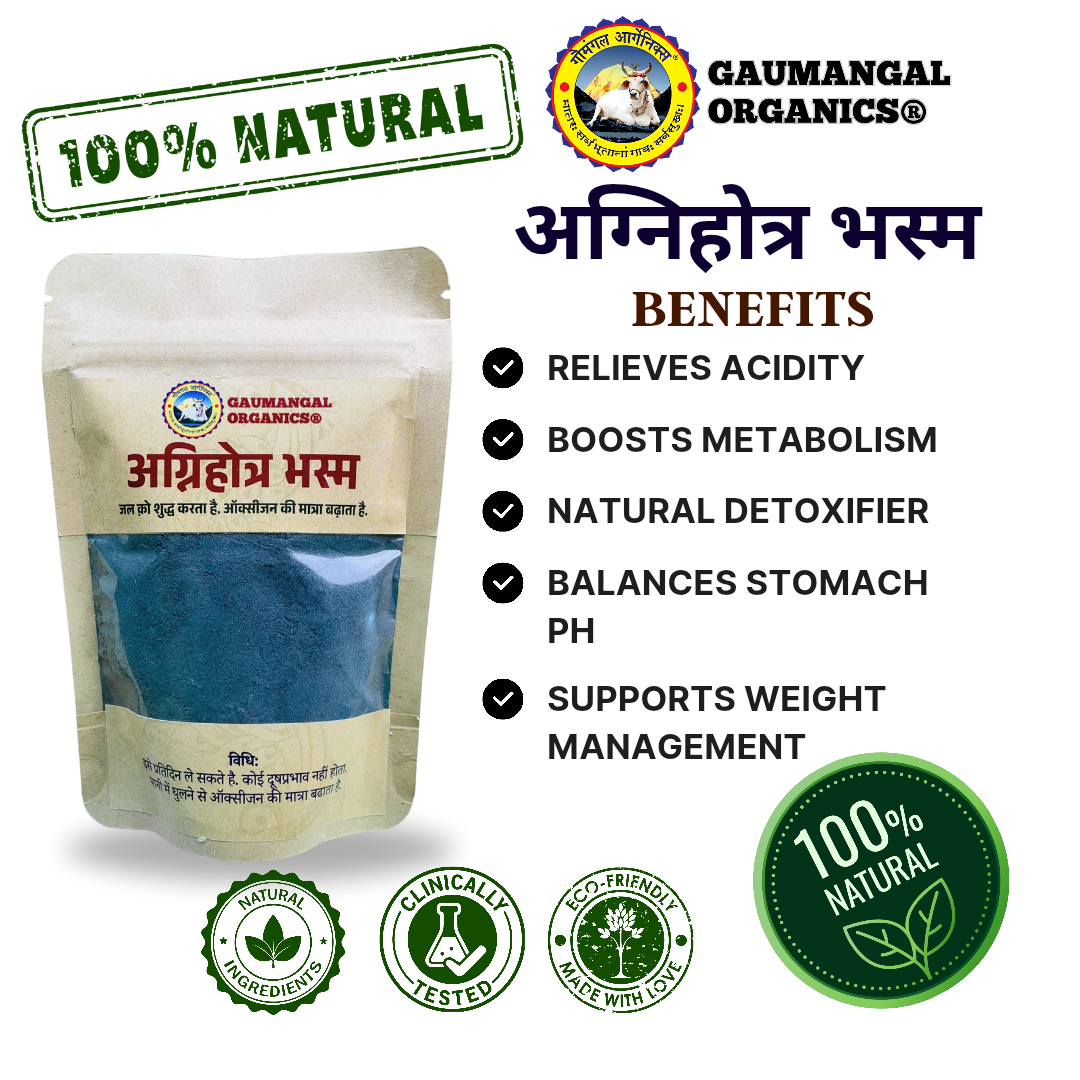
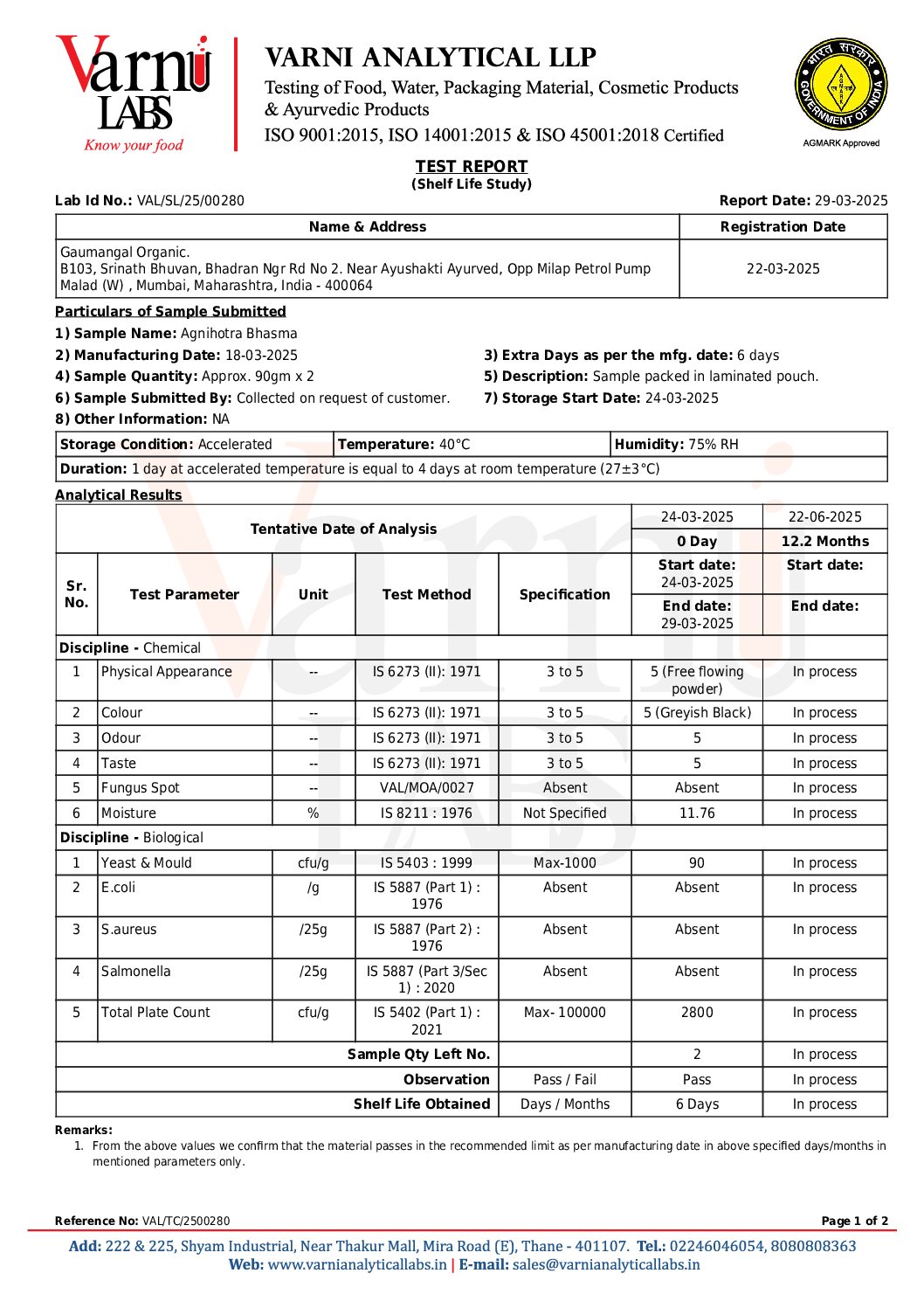


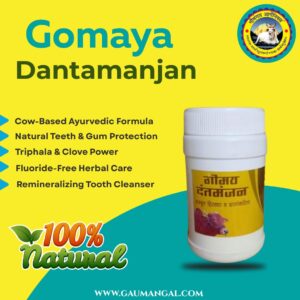

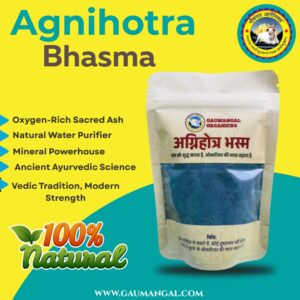
Reviews
There are no reviews yet.